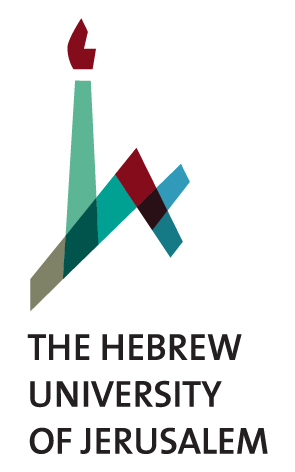Dear Colleagues,
I’m happy to report on recent developments at the Hebrew University. Below is a concise report of the expanded Hebrew version written above.
1. Teaching: We achieved an unprecedented increase in the number of students at the University. In the current 2019/20 year, the number of first-year undergraduate students has reached 4,400 (compared to 3,800 last year, and 3,700 the year before that). The total number of undergraduate students is approximately 12,000 students, of which 5,300 study at Mt. Scopus and 6,700 in the three other campuses. We have 2,200 first-year Master students, and a total number of 6,300; and approximately 2,200 Ph.D students. In total, including international students in short-term programs, the community of students at the Hebrew University consists of about 23,000 students.
Although there is no one clear explanation for this surge in demand for studies at the University, one may assume that in part the increase is a result in an improvement of the way we treat our students. The students have expressed a higher level of satisfaction, as can be inferred from the results of our annual extensive survey. The full results are available in Hebrew. The following table summarizes the main findings (the results are on a 1 to 5 scale, where 1- completely unsatisfied; 2 – minor satisfaction; 3 – medium; 4 – high; 5 – very satisfied).
|
|
Undergraduate programs |
Master programs |
||||||||
|
|
2019 |
2018 |
2017 |
2016 |
2015 |
2019 |
2018 |
2017 |
2016 |
2015 |
|
General satisfaction |
3.78 |
3.64 |
3.64 |
3.60 |
3.60 |
3.80 |
3.72 |
3.68 |
3.68 |
3.76 |
|
Would recommend a friend to study at HU |
3.79 |
3.64 |
3.60 |
3.60 |
3.64 |
3.77 |
3.72 |
3.64 |
3.64 |
3.72 |
|
Satisfaction from peers |
3.96 |
4.12 |
4.16 |
4.16 |
4.24 |
4.01 |
4.16 |
4.12 |
4.16 |
4.16 |
2. Research: The University’s achievements are evaluated according to various measures. One of them is the PBC model, according to which the government finances the public universities in Israel. The Hebrew version provides a detailed account of the University’s achievement according to this scale which refers to both teaching and research.
In terms of research, we have experienced in recent years a relative decline in our results: Our “output” has increased, but at a slower pace than other universities. The result is a decrease in our share in the public funding of higher-education. The following table summarizes our share in the research part on the PBC model:
|
Research Component |
2013 |
2014 |
2015 |
2016 |
2017 |
2018 |
2019 |
2020 |
|
Grants |
26.69% |
26.38% |
26.08% |
25.77% |
25.34% |
26.76% |
23.10% |
22.1% |
|
Publications |
23.62% |
23.94% |
24.22% |
23.58% |
20.17% |
20.31% |
19.17% |
19.0% |
|
PhD students |
18.42% |
18.50% |
18.82% |
18.62% |
17.39% |
16.01% |
16.16% |
15.4% |
|
Knowledge transfer |
20.96% |
20.38% |
19.27% |
18.34% |
16.61% |
14.40% |
14.81% |
17.6% |
|
Total |
23.45% |
23.34% |
23.21% |
22.75% |
21.24% |
20.15% |
19.72% |
19.5% |
Based on various parameters, we expect an improvement in our achievements in the very near future.
3. Tomagrade: The University has begun using the Tomagrade system for grading exams. It is expected to substantially improve the grading process. Please be in contact with the Teaching Secretariat for instructions on how to use this system.
4. ERP: We are approaching the final part of the first stage of implementing the University’s new financial system, based on SAP. We are aware of the difficulties that the shift to this system imposes, and are working hard to ensure that the service will improve. We will soon update you on various improvements in this system. Please feel free to inform me of any difficulties that you experience while working with the new system.
All the best, Barak
